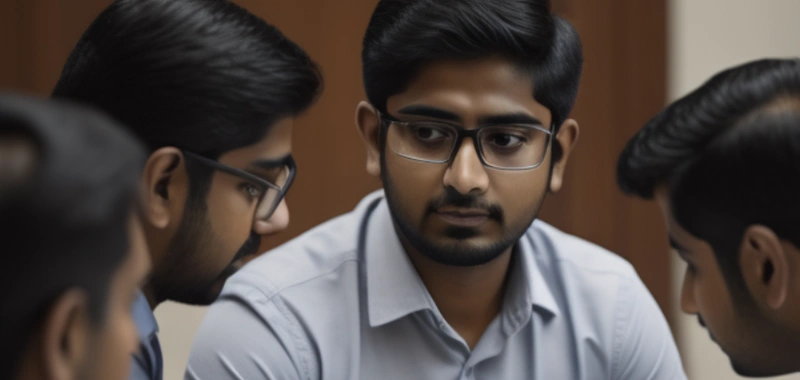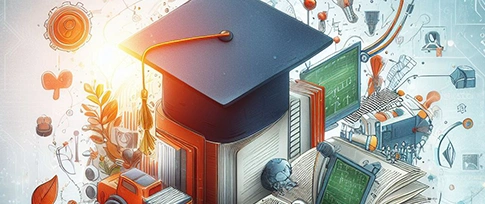
The Evolution of Indian Higher Education: From Gurukuls to Digital Campuses
India's educational landscape is a rich tapestry, woven with traditions spanning millennia, interspersed with modern, transformative practices. The journey from ancient Gurukuls to today's digital campuses encapsulates a civilizational quest for knowledge, an odyssey that reflects India's socio-cultural evolution and its adapting pedagogical methods.
Gurukuls: Foundations of a Knowledge-based Society
The Gurukul system, prevalent during the Vedic period, was India's primary educational institution. Rooted deeply in nature, these traditional schools were often located in serene environments, away from the bustle of urban life. Students, or 'shishyas', lived with the 'guru' or teacher in close quarters, imbibing not just academic lessons but also life skills and moral values. This holistic pedagogy emphasized individual attention, ensuring that education wasn't just about rote learning but about comprehending and internalizing concepts.
Medieval Era: Confluence of Cultures and Learning
As India transitioned into the medieval period, the educational landscape diversified. The establishment of Madrasas marked the blending of cultural and academic knowledge. These Islamic centers of learning taught subjects like theology, philosophy, astronomy, and mathematics. At the same time, various kingdoms and empires established renowned centers of higher learning, such as Nalanda and Takshashila. These universities attracted scholars from far and wide, emphasizing India's position as a beacon of knowledge in the ancient world.
Colonial Period: Western Education and Resistance
The advent of British colonial rule in the 18th and 19th centuries profoundly impacted India's educational trajectory. The establishment of universities in Bombay, Calcutta, and Madras signaled the onset of Western-style higher education. English became the medium of instruction, sidelining indigenous languages and often de-emphasizing traditional Indian knowledge systems.
However, the latter part of the colonial era also witnessed a resurgence of nationalistic pride. Educational stalwarts like Rabindranath Tagore set up institutions like Visva-Bharati, which aimed to create a confluence of global knowledge while retaining Indian ethos at its core.
Post-independence Era: Democratizing Higher Education
Post-1947, India embarked on a mission to make education accessible to its vast populace. The establishment of central and state universities, IITs, IIMs, and numerous colleges reflected the nation's vision of an empowered, educated citizenry. The emphasis was on research, science, and technology, recognizing the need for a workforce adept at modern skills to build a newly independent nation.
21st Century: The Digital Revolution and Globalization
The turn of the century heralded a paradigm shift. With globalization knocking on its doors and the internet making inroads, India was at the cusp of an educational revolution. Digital classrooms, online courses, and international collaborations characterized this era. The traditional brick-and-mortar classrooms began sharing space with virtual learning environments, making education accessible even in remote corners.
Institutions like the National Programme on Technology Enhanced Learning (NPTEL) and platforms like SWAYAM have democratically decentralized higher education, reaching millions. The recent thrust towards online education, especially due to the COVID-19 pandemic, underscores the significance of digital platforms in India's educational journey.
Challenges and the Way Forward
While India's academic journey is commendable, challenges persist. The digital divide, quality inconsistencies, and lack of emphasis on research are concerns that need addressing. As India stands on the threshold of becoming the world's youngest country, with 64% of its population in the working-age group by 2020, the onus is on higher education to gear up. The National Education Policy 2020, with its emphasis on holistic, multidisciplinary, and technology-driven education, points towards a promising direction.
In essence, the story of Indian higher education is one of perseverance, adaptability, and evolution. From the verdant surroundings of Gurukuls to the bustling, interconnected digital campuses, it is a journey that mirrors India's own transition from an ancient civilization to a vibrant, modern nation. As we move forward, the challenge will be to integrate our rich heritage with the demands of the 21st century, crafting a higher education system that is truly reflective of India's diversity, potential, and global aspirations.




